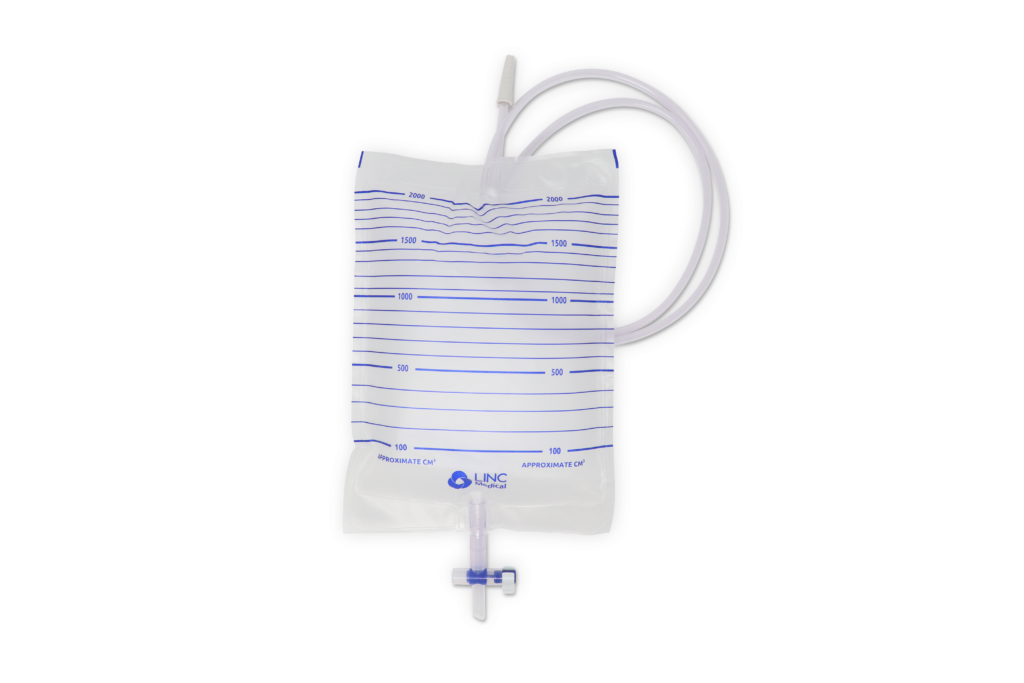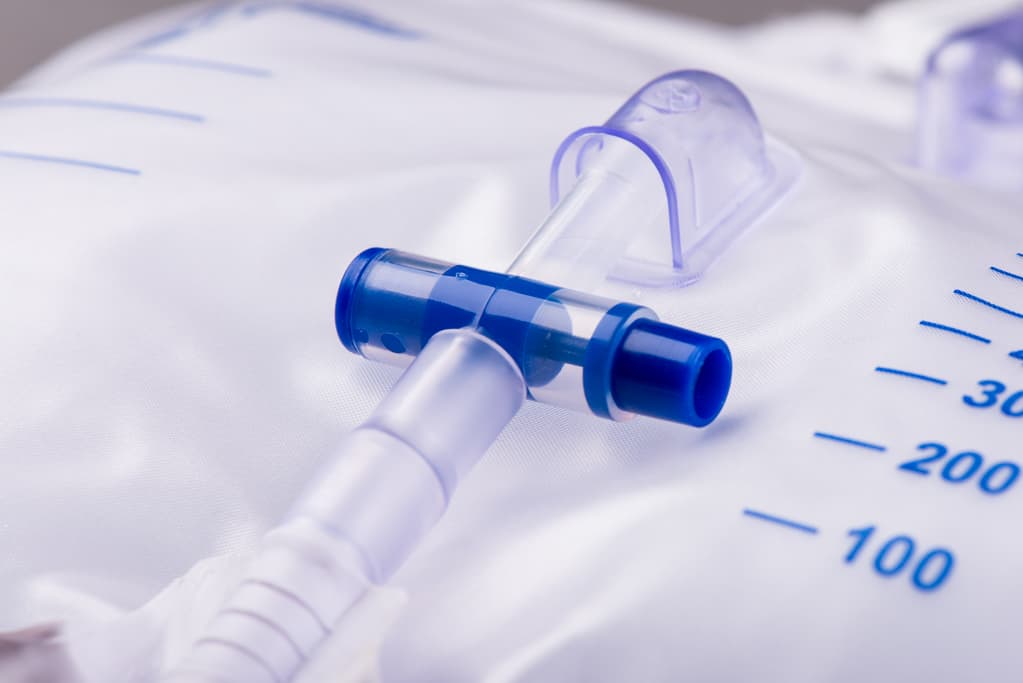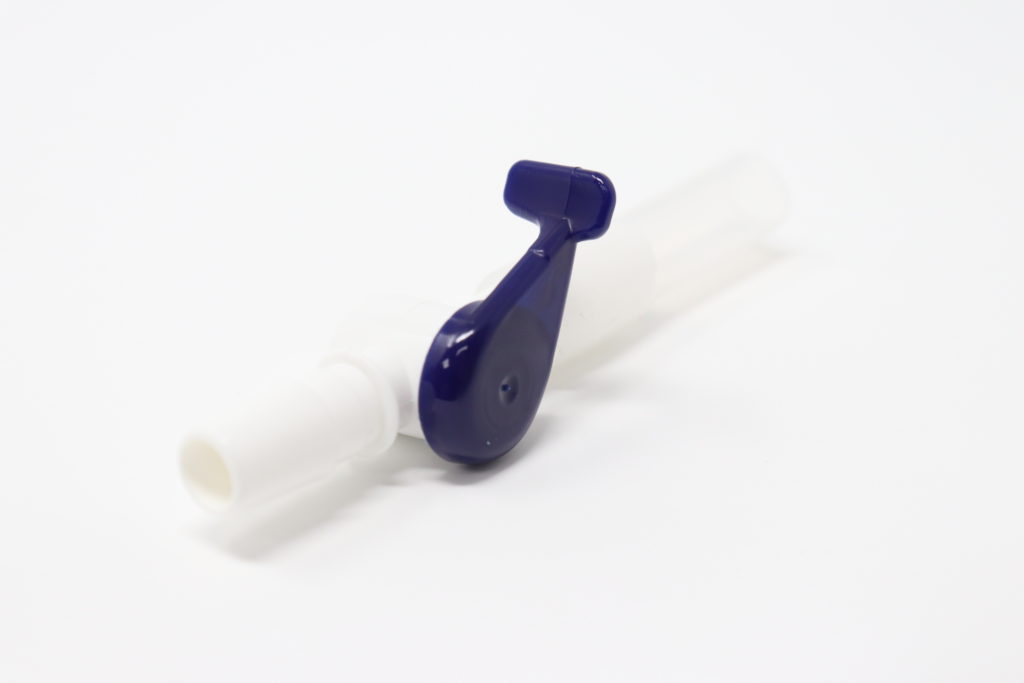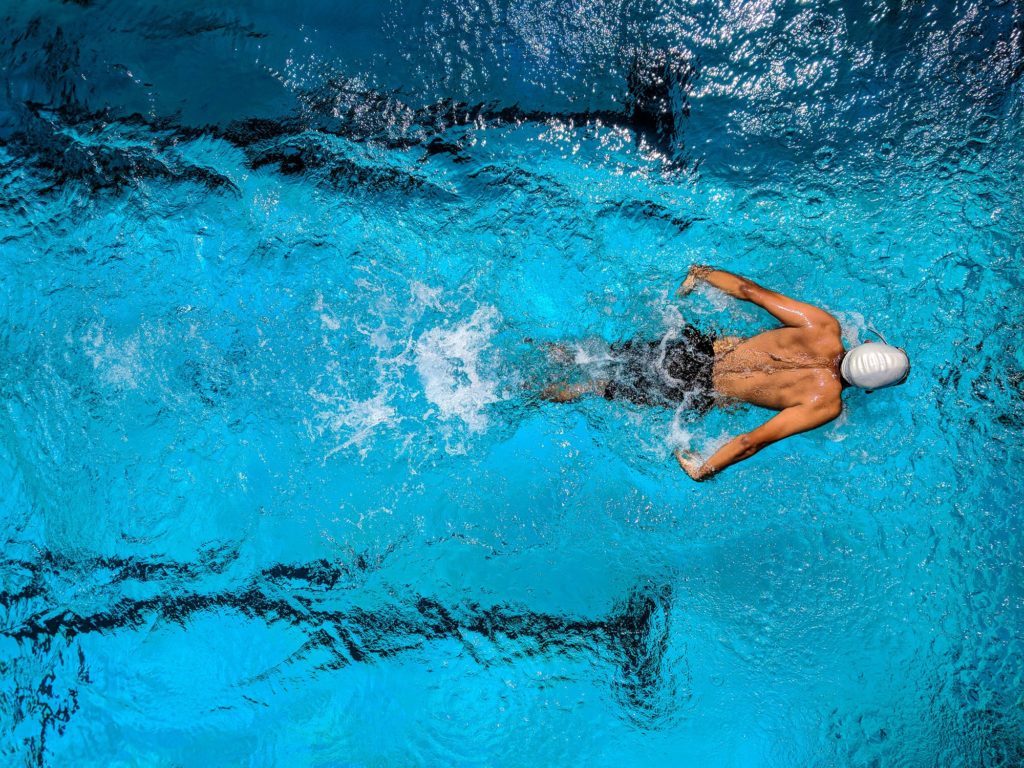How to choose a night drainage bag
Welcome back to LINC Medical’s series of blogs designed to help catheter users and their carers. The focus of this blog are night bags. Night bags are drainage bags that are used primarily at night or when a user is confined to bed. Choosing a night bag There are a wide variety of night bags available, so knowing how to choose one is important. Size Your night bag needs to have enough capacity to collect urine through the night without requiring it to be emptied. Most night bags come with a 2L capacity, but if you find you are filling your 2L bag during the night, LINC Medical supplies a 3L single use night drainage bag (LM3LS). Length of tubing Since the night bag will connect to your leg bag, you need sufficient tubing to be able to turn over at night with causing tension on your drainage system. Many patients prefer bags with longer tubing. Most night drainage bags have tubing lengths of 90-120cm. Reusable night bags These are bags that can be reused for up to 7 days. They come in two options: • Integrated hanger – these bags include a plastic hanger that allows the bag to…
Read More





